India's Nuclear Policy
by Devender
0 1766
Nuclear policy is a public and global arrangement concerning a few or all parts of thermal power and the atomic fuel cycle. For example, uranium mining, mineral fixation, transformation, enhancement for atomic fuel, etc.
India’s Nuclear Policy
India wanted to harvest atomic energy for peaceful purposes and it became a significant component of India's industrialization plans under the guidance of Homi J. Bhabha in the late 1940s.
- India’s Three Stage Nuclear Programme
- Natural uranium has only 0.7% of the fissile isotope uranium-235
- Most of the remaining 99.3% is uranium-238
- This uranium-238 is not fissile but can be converted in a reactor to the fissile isotope plutonium-239
- In this process, heavy water (deuterium oxide, D 2O) is used as a moderator and coolant in PHWR
- The plutonium-239 then undergoes fission to produce energy
- Whereas, the uranium-238 present in the mixed oxide fuel produces more plutonium-239
- Uranium-235 and Plutonium-239 can sustain a chain reaction
- However Uranium-238 cannot do so, so it is converted to Plutonium-239
- According to this three-stage program, India could grow about 10 GW through PHWRs fueled by domestic uranium
- And above that, to about 50GW, it would have to come from FBRs
- The operation was named Operation Smiling Buddha
- India claimed that it was committed to using nuclear power only for peaceful purposes
- In 1968, the five permanent members of the UNSC tried to impose NPT on the rest of the world
- These all five members already had acquired nuclear weapons so, India considered this move as discriminatory and refused to follow it
- India believed that this policy was only applicable to the non-nuclear powers and it will legitimize the monopoly of the Five Nuclear weapon holding powers over the world
- India again conducted a series of nuclear tests in 1998, displaying its capacity to use it for military purposes
- After some time, Pakistan also conducted such tests which increased the vulnerability of the region to a nuclear exchange
It was formulated by Dr. Homi Bhabha in the 1950s, he stated that India has 25% of world thorium reserves but only 1-2% global uranium reserves so, the thorium reserves of India should be used to meet the country's energy requirements. It had three stages.
Stage 1 -Pressurised Heavy Water Reactor
In this stage, Natural uranium fuelled pressurized heavy water reactors known as PHWR are used to produce electricity.
In PHWR, enrichment of Uranium is not required to improve its fissile concentration, the U-238 can be directly fed into the reactor core which will generate plutonium-239 as a by-product.
Stage 2 -Fast Breeder Reactor
It would use a mixed oxide fuel made from plutonium-239 which was recovered from reprocessing spent fuel from the first stage, and natural uranium.
Hence, it can be said that the second stage FBRs are designed in such a way that they breed more fuel than they consume.
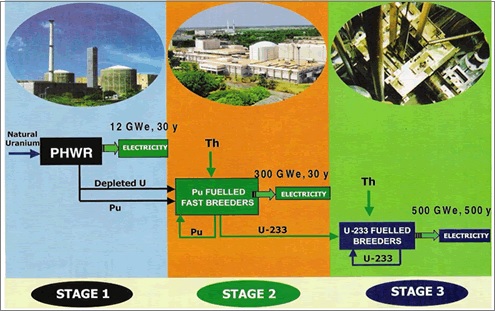
Stage 3 -Thorium Based Reactors
A thermal breeder reactor is an advanced nuclear power system involving a self-sustaining series of thorium-232- uranium-233 fuelled reactors which can be refueled after its initial fuel charge using only naturally occurring thorium.
Beginning of Nuclear Program in India
India conducted its first nuclear explosions in 1974 under the leadership of Indira Gandhi terming it as a peaceful explosion.
The international community was not happy with India and Pakistan for such moves so they imposed harsh sections which were later waived when India committed to not use Nuclear weapons firstly.
India also assured to maintain its stand of peaceful use of nuclear energy and reiterated its commitment to non-discriminatory nuclear disarmament leading to a nuclear-weapon-free world.

Share:

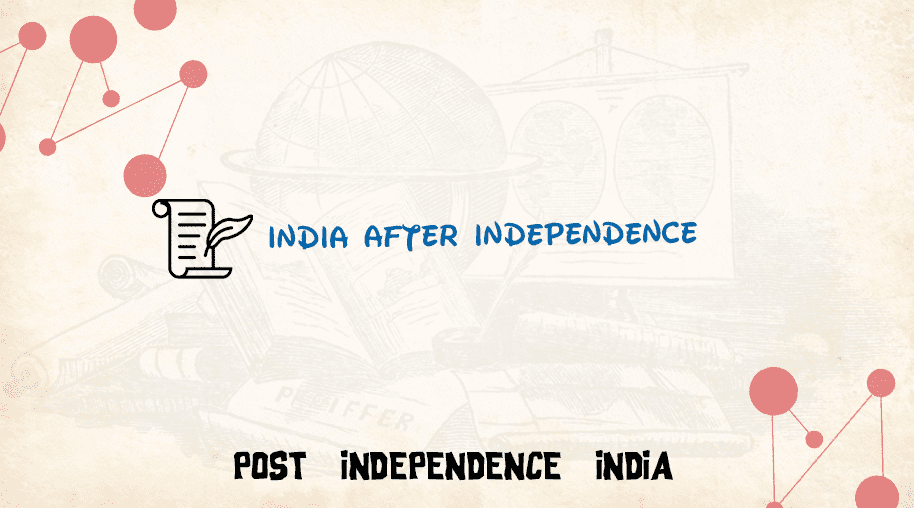
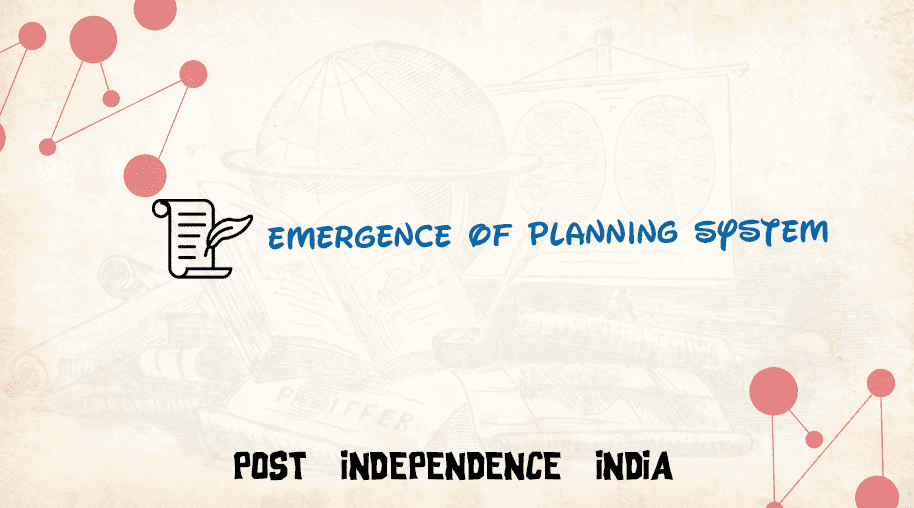
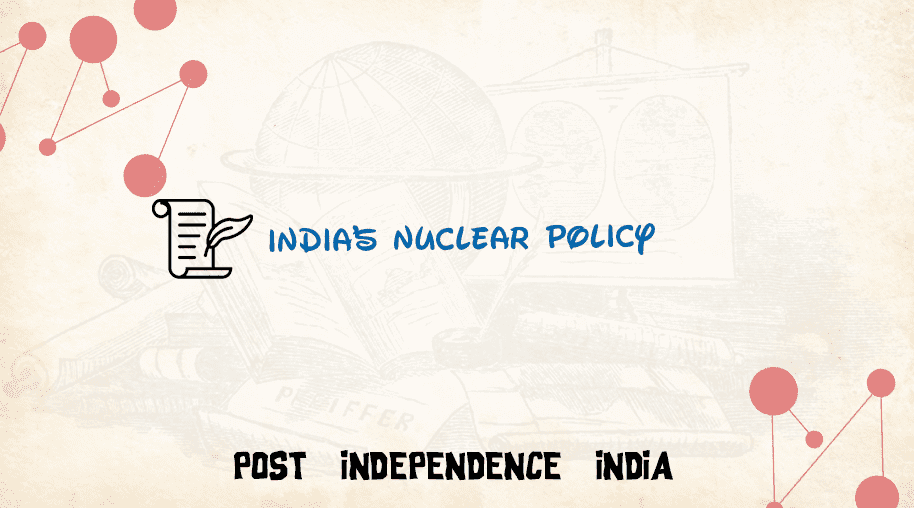
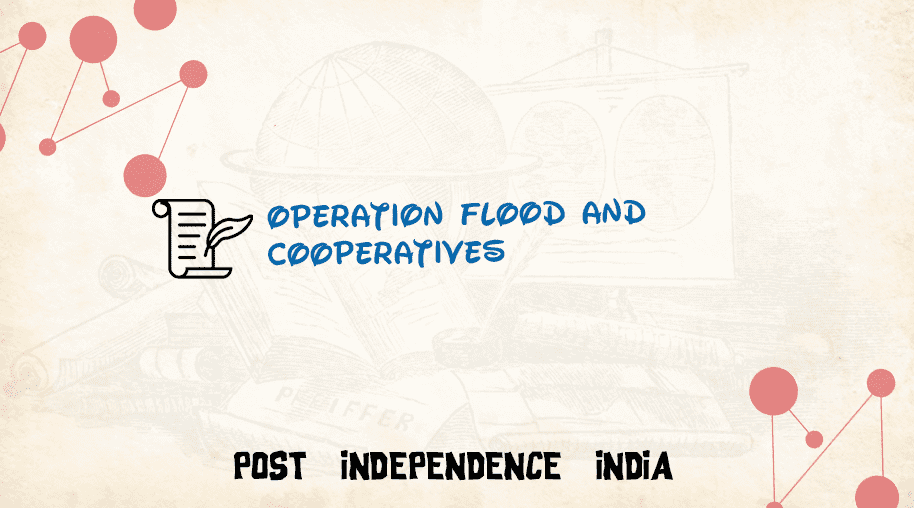


Comments
Waiting for your comments